
Patagonia Island Exploration – Want to discover which are the best islands to visit?
Patagonia, with its vast stretches of untamed wilderness, jagged mountain peaks, and pristine glacial lakes, stands as one of the world’s most awe-inspiring regions.
Situated at the southern tip of South America, spanning parts of Argentina and Chile, Patagonia captivates travelers with its raw natural beauty and diverse ecosystems.
Stretching over 1,000 miles from the Andes Mountains to the Atlantic Ocean, Patagonia boasts a rugged landscape shaped by centuries of geological forces.
Its towering peaks, including the iconic Fitz Roy and Torres del Paine, draw mountaineers and outdoor enthusiasts from around the globe.
Patagonia’s significance as a tourist destination lies not only in its breathtaking scenery but also in its rich cultural heritage and abundant wildlife.
Visitors can immerse themselves in the traditions of the region’s indigenous peoples, explore remote villages, and witness the incredible diversity of flora and fauna that call Patagonia home.
Amidst Patagonia’s expansive landscapes lie hidden gems waiting to be discovered – its enchanting islands. From windswept shores to rugged coastlines, the islands of Patagonia offer a unique and immersive experience for adventurers seeking to explore off the beaten path.
Island exploration in Patagonia opens up a world of discovery, where travelers can encounter diverse ecosystems, encounter rare wildlife, and uncover the secrets of secluded coves and hidden beaches. Whether by boat, kayak, or on foot, the journey to Patagonia’s islands promises unforgettable adventures and unparalleled natural beauty.
In this article, we’ll delve into the best islands to explore in Patagonia, highlighting their unique features, top attractions, and practical tips for planning your island-hopping adventure. J
oin us as we embark on a journey to uncover the wonders of Patagonia’s island paradise.
Why Exploring Islands in Patagonia is a Unique Experience

Exploring the islands of Patagonia offers a distinctive adventure unlike any other. Here are some reasons why:
- Untouched Wilderness: Patagonia’s islands remain relatively untouched and pristine, providing an opportunity to immerse oneself in unspoiled natural landscapes far from the hustle and bustle of urban life.
- Biodiversity Hotspots: The islands of Patagonia are biodiversity hotspots, teeming with unique flora and fauna found nowhere else on Earth. From penguins and sea lions to rare bird species, each island offers a glimpse into the region’s rich ecological diversity.
- Dramatic Landscapes: With rugged coastlines, towering cliffs, and hidden fjords, Patagonia’s islands boast some of the most dramatic landscapes on the planet. Exploring these geological wonders is a photographer’s dream and a feast for the senses.
- Sense of Adventure: Island exploration in Patagonia evokes a sense of adventure and discovery. Whether navigating through narrow channels or trekking across windswept plains, each moment is filled with anticipation and wonder.
Benefits of Island Hopping in Patagonia
Island hopping in Patagonia offers a multitude of benefits for travelers seeking a memorable experience:
- Variety of Experiences: From remote and uninhabited islands to bustling fishing villages, Patagonia offers a diverse range of island experiences. Whether you’re seeking solitude or social interaction, there’s an island to suit every preference.
- Opportunities for Wildlife Viewing: Patagonia’s islands are home to an array of wildlife, including penguins, seals, dolphins, and whales. Island hopping provides ample opportunities for wildlife viewing and up-close encounters with some of the region’s most iconic species.
- Cultural Immersion: Many of Patagonia’s islands are inhabited by indigenous communities whose traditions and way of life remain deeply connected to the land and sea. Island hopping allows travelers to engage with local cultures, learn about traditional customs, and gain insight into the region’s rich cultural heritage.
- Flexibility and Freedom: Island hopping offers a flexible and customizable itinerary, allowing travelers to tailor their journey to suit their interests and preferences. Whether you prefer a leisurely exploration or an action-packed adventure, the freedom to chart your own course is yours to enjoy.
Criteria for Selecting the Best Islands
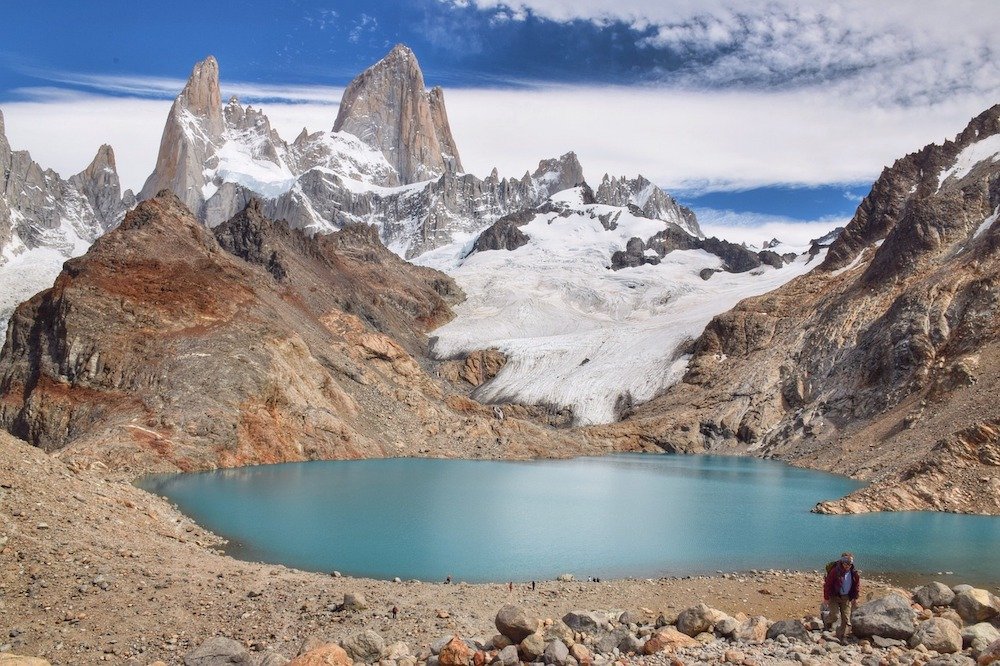
Scenic Beauty and Natural Landscapes
The scenic beauty and natural landscapes of Patagonia’s islands play a significant role in their allure and appeal to travelers. When selecting the best islands to explore, consider the following:
- Diverse Geological Formations: Look for islands with diverse geological formations, including rugged coastlines, pristine beaches, towering cliffs, and majestic mountains.
- Spectacular Vistas: Seek out islands that offer breathtaking vistas and panoramic views of the surrounding landscapes, providing ample opportunities for photography and exploration.
- Unique Landforms: Explore islands with unique landforms and geological features, such as hidden fjords, ancient rock formations, and volcanic landscapes.
Biodiversity and Wildlife
Patagonia’s islands are renowned for their rich biodiversity and abundance of wildlife. When evaluating islands to explore, consider the following:
- Iconic Wildlife Species: Choose islands that are home to iconic wildlife species, including penguins, seals, sea lions, dolphins, and whales, providing unparalleled opportunities for wildlife viewing and photography.
- Birdwatching Hotspots: Explore islands that serve as birdwatching hotspots, offering a chance to observe rare and migratory bird species in their natural habitats.
- Marine Life Encounters: Look for islands with thriving marine ecosystems, where snorkeling, scuba diving, and sea kayaking offer encounters with colorful fish, sea turtles, and other marine creatures.
Accessibility and Transportation Options
Accessibility and transportation options play a crucial role in determining the feasibility of island exploration in Patagonia. Consider the following factors:
- Transportation Infrastructure: Evaluate islands with reliable transportation infrastructure, including ferry services, boat charters, and guided tours, ensuring convenient access to and from the mainland.
- Proximity to Major Ports: Choose islands that are easily accessible from major ports and transportation hubs, minimizing travel time and logistical challenges.
- Availability of Accommodation: Consider islands with nearby accommodation options, including hotels, lodges, and campsites, providing comfortable and convenient lodging options for travelers.
Recreational Activities Available on the Islands
The availability of recreational activities adds depth and variety to the island exploration experience in Patagonia. Look for islands that offer the following:
- Hiking and Trekking Trails: Explore islands with well-marked hiking and trekking trails, leading to scenic viewpoints, hidden waterfalls, and remote beaches, providing opportunities for outdoor adventure and exploration.
- Water-based Activities: Engage in water-based activities such as kayaking, paddleboarding, and sailing, exploring coastal caves, sea arches, and marine reserves along the island’s shores.
- Cultural Experiences: Discover islands with cultural attractions and historical sites, including ancient ruins, lighthouses, and indigenous communities, offering insight into the region’s rich cultural heritage and traditions.
Now, let’s take a closer look at the best islands near to Patagonia:
1. Isla Grande de Tierra del Fuego
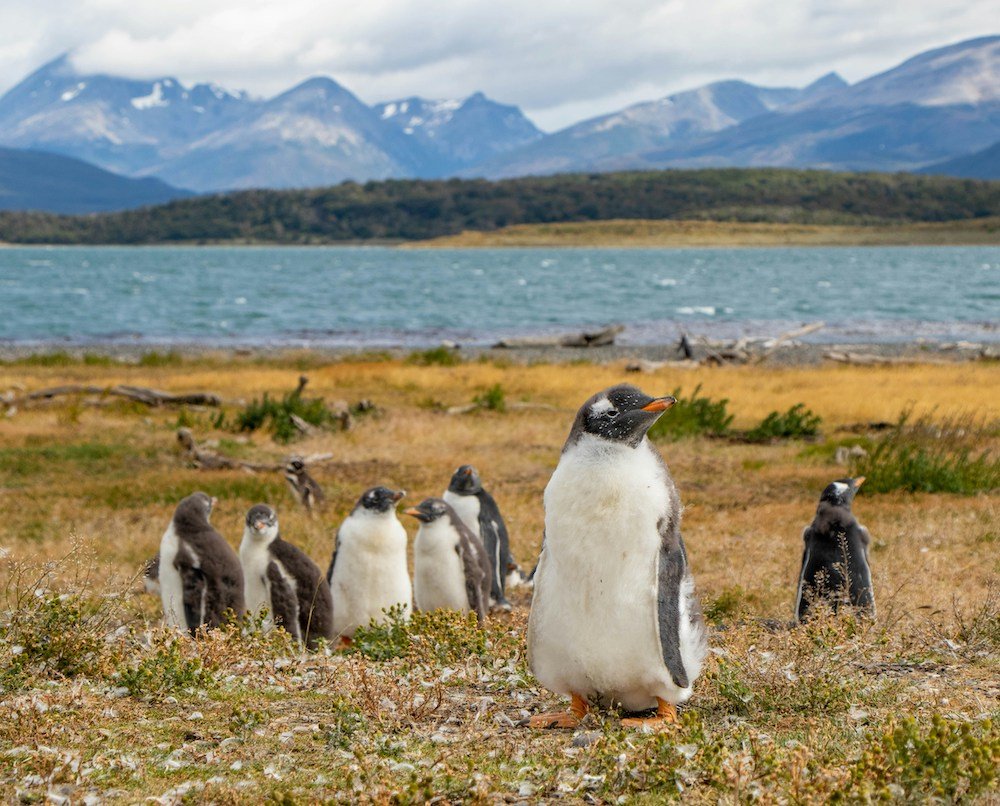
Isla Grande de Tierra del Fuego, the largest island in the Tierra del Fuego archipelago, is a rugged and enchanting destination nestled at the southernmost tip of South America.
Here’s what makes Isla Grande de Tierra del Fuego a must-visit destination:
- Breathtaking Landscapes: Isla Grande de Tierra del Fuego boasts breathtaking landscapes characterized by towering mountains, dense forests, winding rivers, and pristine lakes, offering endless opportunities for exploration and adventure.
- Rich Biodiversity: The island is home to a diverse array of flora and fauna, including native beech forests, Andean condors, guanacos, and Magellanic penguins, providing ample opportunities for wildlife viewing and nature photography.
- Cultural Significance: Isla Grande de Tierra del Fuego holds significant cultural importance as the ancestral homeland of the indigenous Yaghan and Selk’nam peoples, whose rich traditions and heritage are celebrated through cultural events, museums, and archaeological sites.
Top Attractions and Activities
When exploring Isla Grande de Tierra del Fuego, be sure to experience the following top attractions and activities:
- Tierra del Fuego National Park: Discover the natural wonders of Tierra del Fuego National Park, where lush forests, crystalline lakes, and snow-capped peaks create a stunning backdrop for hiking, camping, and wildlife watching.
- End of the World Train: Ride the iconic End of the World Train, a historic steam locomotive that traverses the scenic landscapes of Tierra del Fuego National Park, offering panoramic views of the surrounding wilderness.
- Beagle Channel Cruises: Embark on a Beagle Channel cruise to explore the pristine waters and remote islands of Tierra del Fuego, where you can spot sea lions, dolphins, and seabirds amid dramatic fjords and rugged coastlines.
- Ushuaia, the Southernmost City: Visit Ushuaia, the southernmost city in the world, and explore its charming streets, bustling markets, and cultural landmarks, including the Maritime Museum and the End of the World Museum.
Isla Grande de Tierra del Fuego offers a captivating blend of natural beauty, cultural heritage, and outdoor adventure, making it a must-visit destination for travelers exploring the wonders of Patagonia.
2. Isla Navarino
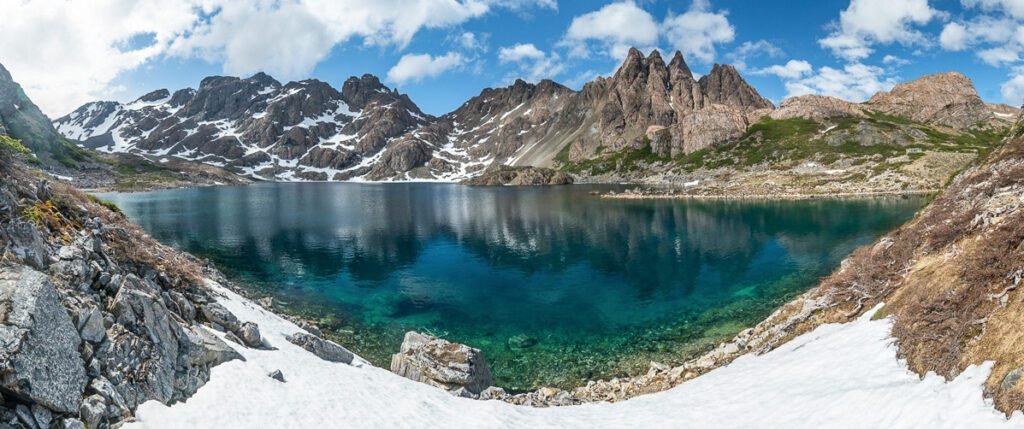
Isla Navarino, situated at the southernmost tip of Chile, is a remote and pristine island that beckons adventurous travelers seeking solitude and breathtaking landscapes.
Here’s an overview of Isla Navarino and its unique characteristics:
- Remote Wilderness: Isla Navarino is renowned for its untouched wilderness and rugged terrain, characterized by towering mountains, ancient forests, and winding fjords, providing a haven for outdoor enthusiasts and nature lovers.
- End-of-the-World Charm: As one of the southernmost inhabited islands in the world, Isla Navarino exudes an end-of-the-world charm, where vast expanses of untouched nature and dramatic landscapes create a sense of isolation and wonder.
- Cultural Heritage: Isla Navarino is home to indigenous Yaghan communities whose traditional way of life is deeply rooted in the land and sea. Visitors have the opportunity to learn about the rich cultural heritage of the Yaghan people through cultural experiences and guided tours.
Highlights and Must-See Spots
Exploring Isla Navarino offers a wealth of highlights and must-see spots that showcase the island’s natural beauty and cultural heritage:
- Dientes de Navarino Trek: Embark on the challenging Dientes de Navarino trek, a multi-day hiking adventure that traverses the island’s rugged mountains, pristine lakes, and ancient forests, offering unparalleled views of the surrounding wilderness.
- Puerto Williams: Visit Puerto Williams, the capital of the Chilean Antarctic Province and the southernmost town in the world, where you can explore its charming streets, visit the Martin Gusinde Anthropological Museum, and learn about the region’s history and culture.
- Cape Horn: Cruise to Cape Horn, the southernmost point of South America, and experience the awe-inspiring beauty and raw power of this legendary landmark, where the Atlantic and Pacific Oceans collide amid towering cliffs and turbulent seas.
- Omora Ethnobotanical Park: Discover the rich biodiversity of Isla Navarino at the Omora Ethnobotanical Park, where guided tours and interpretive trails offer insights into the island’s unique flora and fauna, including rare plant species and endemic birdlife.
3. Isla Magdalena
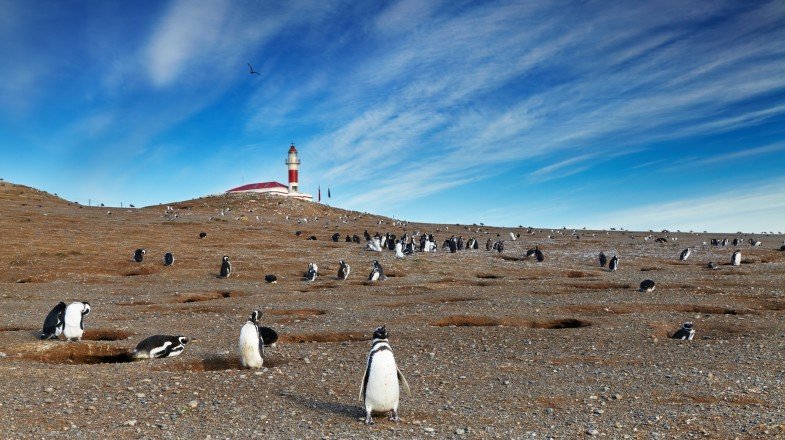
Isla Magdalena, located in the Strait of Magellan near the southern tip of Chile, holds significant importance as a sanctuary for wildlife and a destination for eco-tourism.
Here’s an introduction to Isla Magdalena and its significance:
- Natural Sanctuary: Isla Magdalena is renowned for its pristine natural beauty and abundant wildlife, making it a sanctuary for various species of birds, mammals, and marine life.
- Magellanic Penguins: The island is home to one of the largest colonies of Magellanic penguins in South America, with thousands of these charismatic birds nesting and breeding along its rocky shores.
- Historical Significance: Isla Magdalena has historical significance as a former penal colony during the 19th century, with remnants of old buildings and structures still visible on the island, offering insights into its past.
Things to Do
Visitors to Isla Magdalena can partake in a variety of activities that showcase the island’s natural beauty and wildlife:
- Penguin Watching: Take a guided tour to observe the fascinating behavior of Magellanic penguins in their natural habitat, as they waddle, swim, and interact along the island’s coastal areas.
- Photography: Capture stunning photographs of the island’s breathtaking landscapes, including panoramic views of the Strait of Magellan, rugged cliffs, and windswept shores.
- Nature Walks: Explore Isla Magdalena on foot along well-maintained trails, where you can immerse yourself in the island’s natural surroundings, observe native flora and fauna, and enjoy peaceful moments in nature.
- Historical Exploration: Discover the island’s rich history and cultural heritage by visiting historical sites such as the lighthouse and remnants of the former penal colony, where interpretive panels provide insights into the island’s past.
Wildlife and Conservation Efforts
Isla Magdalena is not only a haven for wildlife but also a site of conservation efforts aimed at protecting its fragile ecosystems:
- Conservation Programs: Various conservation programs and initiatives are underway to preserve the island’s biodiversity and natural habitats, including monitoring of wildlife populations, habitat restoration projects, and educational outreach programs.
- Environmental Awareness: Visitors to Isla Magdalena are encouraged to practice responsible tourism and minimize their impact on the island’s delicate ecosystems by following designated trails, avoiding disturbing wildlife, and disposing of waste responsibly.
- Research and Monitoring: Ongoing research and monitoring efforts help scientists and conservationists better understand the island’s ecosystems and the factors that influence the health and well-being of its resident species, informing conservation strategies and management practices.
Other Notable Islands

While Isla Grande de Tierra del Fuego, Isla Navarino, and Isla Magdalena are among the most prominent islands in Patagonia, several other islands in the region offer unique experiences and attractions for travelers:
1. Chiloé Island
Chiloé Island, located off the coast of Chile in the Pacific Ocean, is known for its distinctive culture, rich folklore, and iconic wooden churches.
Visitors to Chiloé Island can explore picturesque fishing villages, sample delicious seafood cuisine, and witness traditional ceremonies and festivals that celebrate the island’s cultural heritage.
2. Isla Chiloe National Park
Isla Chiloe National Park, situated on Chiloé Island, encompasses pristine forests, wetlands, and coastal ecosystems teeming with diverse wildlife, including native birds, marine mammals, and endemic species.
The park offers a range of outdoor activities, including hiking, birdwatching, kayaking, and camping, providing opportunities for nature enthusiasts to explore its natural wonders.
3. Hoste Island
Hoste Island, located at the southernmost tip of South America, is part of the Tierra del Fuego archipelago and is renowned for its remote and rugged landscapes.
The island offers unparalleled opportunities for wilderness exploration, with pristine fjords, glaciers, and mountains that beckon adventurous travelers seeking solitude and adventure amid the untamed wilderness.
4. Guaitecas Archipelago
The Guaitecas Archipelago, located off the coast of Chile, is a hidden gem known for its pristine beauty, secluded beaches, and abundant marine life.
The archipelago is a paradise for kayakers and outdoor enthusiasts, with tranquil waters, hidden coves, and lush forests waiting to be explored.
Visitors can also discover the region’s rich cultural heritage by interacting with local communities and learning about their traditional way of life.
Transportation and Logistics
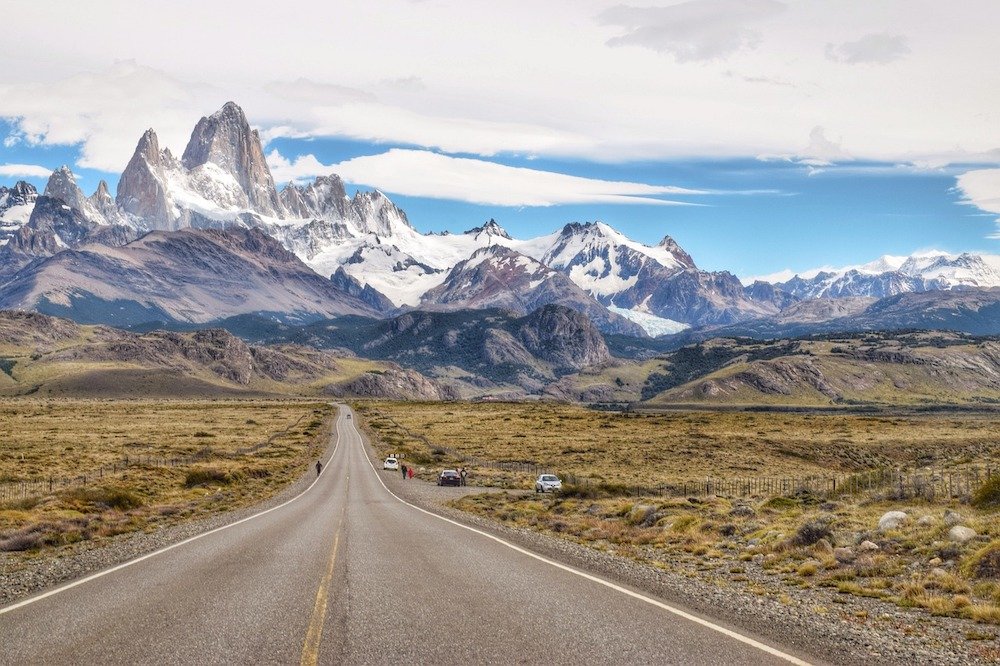
Getting to Patagonia
Getting to Patagonia requires careful planning and consideration of transportation options.
Here are some ways to reach this remote and beautiful region:
- Air Travel: The most convenient way to reach Patagonia is by air. Major airports such as Comodoro Arturo Merino Benítez International Airport in Santiago, Chile, and Ministro Pistarini International Airport in Buenos Aires, Argentina, offer regular flights to regional airports in Patagonia, including El Calafate, Ushuaia, and Puerto Natales.
- Overland Travel: Travelers can also reach Patagonia by bus or car from major cities in Argentina and Chile. Long-distance bus services connect cities such as Buenos Aires, Santiago, and Bariloche to Patagonian destinations, offering scenic routes through the Andes mountains and across vast plains.
Transportation Options for Island Exploration
Once in Patagonia, travelers can explore the region’s islands using various transportation options:
- Ferry Services: Ferry services operate between mainland ports and several islands in Patagonia, providing a convenient and scenic way to access remote destinations such as Isla Grande de Tierra del Fuego, Isla Navarino, and Isla Chiloé. Visitors can choose from regular passenger ferries, catamarans, and private boat charters, depending on their destination and budget.
- Guided Tours: Guided tours and excursions are available for island exploration in Patagonia, offering organized transportation, expert guides, and customized itineraries tailored to travelers’ interests and preferences. These tours often include transportation by boat, bus, or small aircraft, as well as accommodation and meals, providing a hassle-free way to explore the region’s islands.
Accommodation and Lodging Options on the Islands
Accommodation and lodging options on the islands of Patagonia range from rustic cabins and guesthouses to luxury eco-lodges and boutique hotels. Here are some popular choices:
- Lodges and Eco-Lodges: Many islands in Patagonia offer lodges and eco-lodges that blend seamlessly with their natural surroundings, providing comfortable accommodation, gourmet dining, and eco-friendly amenities. These establishments often prioritize sustainability and environmental conservation, offering guests an immersive and responsible travel experience.
- Camping and Wilderness Lodges: For adventurous travelers, camping and wilderness lodges offer a unique opportunity to connect with nature and experience the rugged beauty of Patagonia’s islands up close. Visitors can camp in designated areas, rent rustic cabins, or stay at remote wilderness lodges, where they can enjoy outdoor activities such as hiking, wildlife watching, and stargazing.
- Hotels and Guesthouses: Several islands in Patagonia also feature hotels, guesthouses, and bed-and-breakfast accommodations, ranging from budget-friendly options to upscale boutique hotels. These establishments offer comfortable rooms, personalized service, and convenient access to local attractions and activities, making them ideal for travelers seeking comfort and convenience during their island exploration.
Tips for Island Exploration
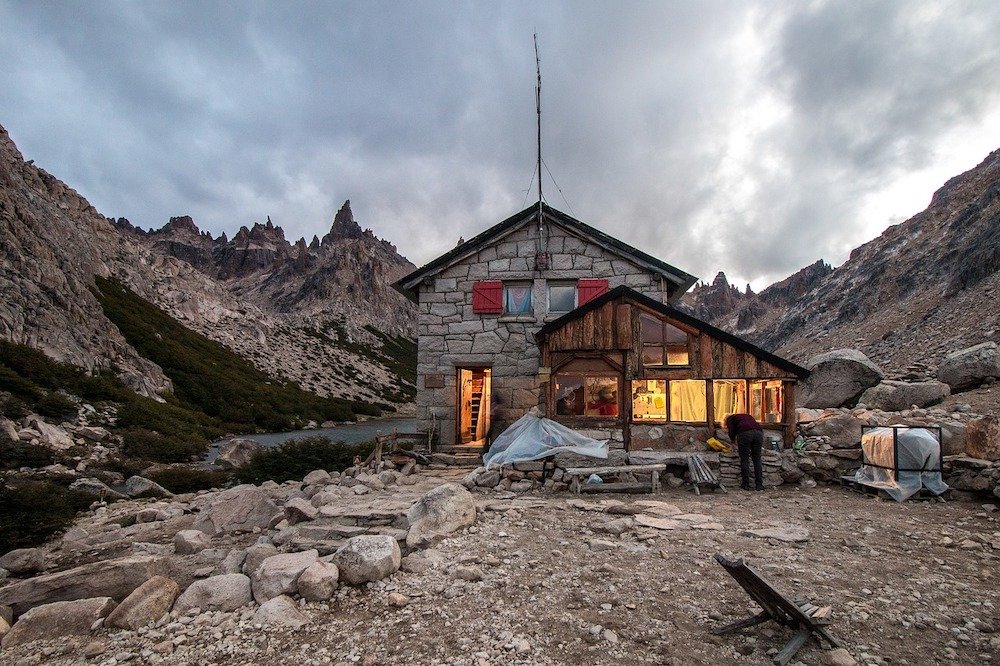
Best Time to Visit Patagonia for Island Exploration
The timing of your visit to Patagonia can greatly influence your island exploration experience. Consider the following factors when planning your trip:
- Seasonal Weather Patterns: Patagonia experiences distinct seasons, with summer (December to February) offering milder temperatures and longer daylight hours, making it the most popular time to visit for island exploration. However, be prepared for occasional rain and wind, which are common in this region.
- Wildlife Migration and Breeding Seasons: Consider visiting during the austral spring (September to November) and austral autumn (March to May) to witness wildlife migrations and breeding seasons, when penguins, seals, and other marine animals are most active along the coastlines of Patagonia.
- Off-Season Travel: Traveling during the shoulder seasons (spring and autumn) or even winter (June to August) can offer quieter island exploration experiences with fewer crowds and unique opportunities for winter activities such as snowshoeing and wildlife watching.
Packing Essentials and Gear Recommendations
When preparing for island exploration in Patagonia, it’s essential to pack wisely and bring the right gear for your adventure. Consider including the following items in your packing list:
- Layered Clothing: Patagonia’s weather can be unpredictable, with temperature fluctuations throughout the day. Pack lightweight, moisture-wicking layers that can be easily added or removed to accommodate changing weather conditions.
- Sturdy Footwear: Comfortable and waterproof hiking boots are essential for exploring rugged terrain and uneven trails on the islands. Choose boots with good ankle support and durable soles to protect your feet on rocky surfaces.
- Outdoor Gear: Depending on your activities, consider bringing outdoor gear such as a waterproof jacket, hat, gloves, and sunglasses to protect against wind, rain, and sun exposure.
- Daypack: A lightweight and durable daypack is essential for carrying essentials such as water, snacks, sunscreen, camera gear, and binoculars during island excursions.
- Navigation Tools: Carry a map, compass, or GPS device to navigate trails and unfamiliar terrain, especially in remote areas where signage may be limited.
Safety Precautions and Environmental Conservation Guidelines
Exploring Patagonia’s islands requires careful consideration of safety precautions and environmental conservation guidelines to minimize impact and ensure a positive experience:
- Stay on Designated Trails: Stick to designated trails and follow park regulations to protect fragile ecosystems and minimize disturbance to wildlife habitats.
- Respect Wildlife: Observe wildlife from a safe distance and avoid approaching or feeding animals. Keep noise levels to a minimum and refrain from using flash photography, which can startle or disturb wildlife.
- Leave No Trace: Practice Leave No Trace principles by packing out all trash and disposing of waste responsibly. Minimize your environmental footprint by using reusable water bottles and eco-friendly products.
- Be Prepared for Changing Conditions: Be prepared for changing weather conditions and sudden changes in temperature by carrying adequate clothing, food, water, and emergency supplies. Inform someone of your itinerary and expected return time when venturing into remote areas.
Conclusion
Patagonia’s islands offer a tapestry of natural wonders, cultural heritage, and outdoor adventures waiting to be discovered.
From the rugged shores of Isla Grande de Tierra del Fuego to the pristine landscapes of Isla Navarino and the wildlife-rich shores of Isla Magdalena, each island in Patagonia promises a unique and unforgettable experience.
Embarking on an island exploration journey in Patagonia is more than just a vacation—it’s an opportunity to connect with nature, immerse yourself in diverse cultures, and create lasting memories in one of the world’s most spectacular regions.
Whether you’re hiking through ancient forests, kayaking along remote coastlines, or observing wildlife in their natural habitats, the islands of Patagonia offer endless opportunities for adventure and discovery.
As you plan your island exploration adventure in Patagonia, remember to embrace the spirit of adventure, respect the environment, and cherish the moments spent amidst the natural beauty of the region.
From the windswept shores of Isla Navarino to the towering peaks of Isla Grande de Tierra del Fuego, Patagonia’s islands captivate the imagination and inspire a sense of wonder, reminding us of the importance of preserving and protecting these pristine landscapes for future generations to enjoy.
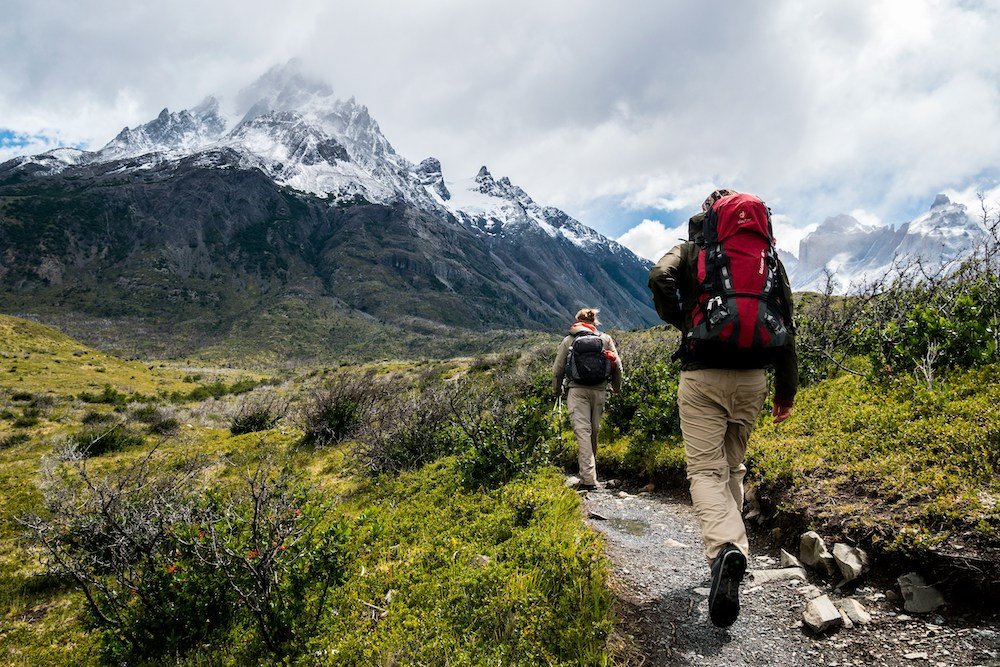
FAQ’s About Patagonia Island Exploration:
Why is Patagonia so famous?
Patagonia is famous for its stunning natural landscapes, including towering mountains, vast plains, glaciers, and pristine lakes.
It’s also renowned for its rich biodiversity, including unique wildlife such as penguins, guanacos, and Andean condors.
The region’s remote and rugged beauty has attracted adventurers, nature enthusiasts, and photographers from around the world.
How many islands are there in Patagonia?
Patagonia is home to numerous islands scattered along its coastline, including large ones like Isla Grande de Tierra del Fuego, Isla Navarino, and Isla Chiloé, as well as smaller uninhabited islands and archipelagos.
The exact number of islands in Patagonia is difficult to determine due to its vast and diverse geography.
What country owns Patagonia?
Patagonia spans both Argentina and Chile, with each country owning portions of the region.
The eastern part of Patagonia is in Argentina, while the western part lies within Chile’s territory.
Both countries share the natural wonders and cultural heritage of this remote and beautiful region.
Is Patagonia in Chile or Argentina?
Patagonia is located in both Chile and Argentina.
The region extends across the southernmost parts of these countries, encompassing diverse landscapes and ecosystems that are shared between them.
Why is Patagonia so expensive?
The cost of traveling to Patagonia can be higher compared to other destinations due to several factors.
These include the region’s remote location, limited infrastructure, and the high demand for adventure tourism activities.
Additionally, the cost of transportation, accommodation, and guided tours in remote areas can contribute to the overall expense of visiting Patagonia.
Why is Patagonia Chile so expensive?
Patagonia in Chile can be expensive due to its remote location, limited infrastructure, and the high demand for outdoor adventures such as hiking, kayaking, and wildlife watching.
The cost of transportation, accommodation, and guided tours in Chilean Patagonia reflects the region’s unique natural beauty and the investments required to preserve and protect its fragile ecosystems.
How safe is it to travel to Patagonia?
Patagonia is generally considered a safe destination for travelers.
However, like any remote or wilderness area, visitors should take standard safety precautions, such as staying informed about weather conditions, respecting wildlife, and following local regulations and guidelines for outdoor activities.
How fit do you have to be to visit Patagonia?
The level of fitness required to visit Patagonia depends on the activities you plan to undertake.
Patagonia offers a range of outdoor adventures suitable for various fitness levels, from gentle nature walks to challenging multi-day treks.
It’s important to assess your physical abilities and choose activities that align with your fitness level and experience.
Is it worth it to go to Patagonia?
Visiting Patagonia is often considered a once-in-a-lifetime experience for travelers seeking awe-inspiring natural beauty, adventure, and cultural immersion.
The region’s dramatic landscapes, abundant wildlife, and remote wilderness areas offer unparalleled opportunities for exploration and discovery.
Whether hiking in Torres del Paine National Park, cruising through the fjords of Tierra del Fuego, or experiencing the vibrant culture of Chiloé Island, Patagonia offers a wealth of experiences that make it truly worth visiting.





